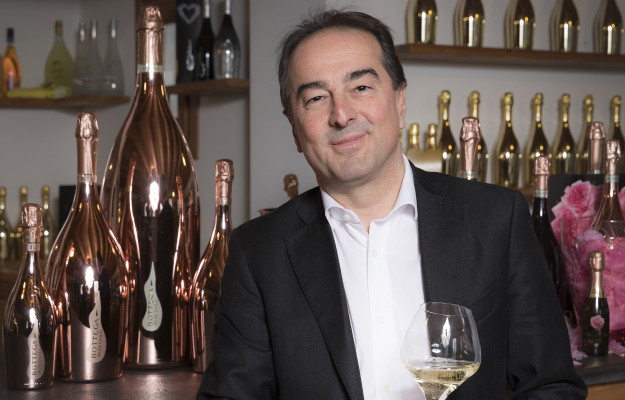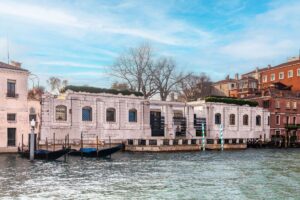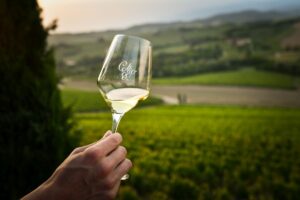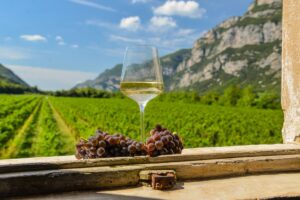The question of prices is a sort of philosopher’s stone for Italian wine denominations: the market decides them but those who gain the advantages or disadvantages are the winegrowers, producers and bottlers. All of them, because the supply chains rest and live on the integrated work of each of its components. And so, when bottles of great territories, from Langhe to Valpolicella, passing through Brunello di Montalcino and Chianti Classico, appear on supermarket shelves at derisory prices, the condemnation is almost unanimous. In order to remain great, one must first of all be great on the average price: the backward step of an individual, in this sense, is likely to prove to be the defeat of all. This, however, is not only true for the red wine productions, but also for those who make great numbers, such as Prosecco Doc, or quality bubbles such as Prosecco di Conegliano Valdobbiadene. Which, not infrequently, it happens to find at dirt-cheap prices: 1.99 euros per bottle for Prosecco Doc and 2.99 euros for Prosecco Superiore Docg.
Not an isolated case, as reported, with a press note, today, Sandro Bottega, head of the Prosecco brand that is depopulated in duty free airports around the world and not only, but a real trend, to say the least, worrying. “Unfortunately, these are not isolated cases, but a trend taking place in the Italian market and in other European countries that debases the denominations and the excellence of the wines that represent it, not allowing the culture of quality to grow. Obviously - explains Bottega – no one can intervene directly in the strategies of companies, but the race to the reduction of the price is a losing war, which in the medium term penalizes the entire Prosecco supply chain. In fact, in order to achieve immediate profits, given by large volumes and small margins, the work of our grandparents and fathers, who created the Prosecco phenomenon, is despised and the future of the next generations and their roots in the territory is put at risk”.
At stake, there is the future itself, or rather the type of future, that the denomination will want and will know how to build, as Sandro Bottega still says. “The Prosecco phenomenon may well have a long life, and we all hope that it will, but it will hardly be able to enjoy a high image, if we do not intervene rigorously against unreasonable pricing practices that weaken the whole system. In this way the efforts made to obtain UNESCO recognition and to promote a territory and a wine that the whole world envies us are thrown away”.
Then, there is to take into account, trivially, the costs of production, which in many areas grow disproportionately, to exceed those of Champagne, at least at an average level. “The paradox of this price strategy lies in the fact that Prosecco Superiore Docg, and to a lesser extent Prosecco Doc, has a much higher cost of cultivation and therefore production than Champagne. The slopes of the vineyards in the Prosecco Superiore Docg area (especially the banks) - underlines the entrepreneur - require about 500 hours of work per year for manual cultivation, compared to just over half of French colleagues, who can also use special agricultural machinery. As far as production is concerned, Prosecco Superiore Docg is burdened by the high costs of the sparkling wine plants, while for Champagne, bottling directly into bottles allows to operate easily without major investments in means of production. But it is not only a question of costs, but also of risks: a Prosecco producer, in the case of a mediocre vintage, can do nothing. On the other hand, the Champagne producer, thanks to the “liqueur d'expedition” ploy, can correct the quality at will”.
About this, adds Sandro Bottega, “we should not be in a hurry and aim at tomorrow’s or the day after tomorrow’s sales, but think about the medium-long term to build brick by brick a lasting image. I invite restaurants and bars that promote quality to distance themselves from those seeking the shortcut of low price and approximate quality. I believe the new Prosecco Rosè could represent a milestone in the near future to reverse the trend. We reward our entire supply chain adequately and our Prosecco is sold at the same price as some Champagne. In the Duty Free and Travel Retail market for three years it has been the second best-selling sparkling wine in the world after a well-known French maison. This shows that quality pays off. A Prosecco that sells well also draws that of other wineries, a Prosecco that is sold out debases the entire denomination. In recent years we have involved hundreds of international journalists in comparative tastings of our products that have always been appreciated, even in the comparison Prosecco vs. Champagne”.
Copyright © 2000/2025
Contatti: info@winenews.it
Seguici anche su Twitter: @WineNewsIt
Seguici anche su Facebook: @winenewsit
Questo articolo è tratto dall'archivio di WineNews - Tutti i diritti riservati - Copyright © 2000/2025








































































































































































































